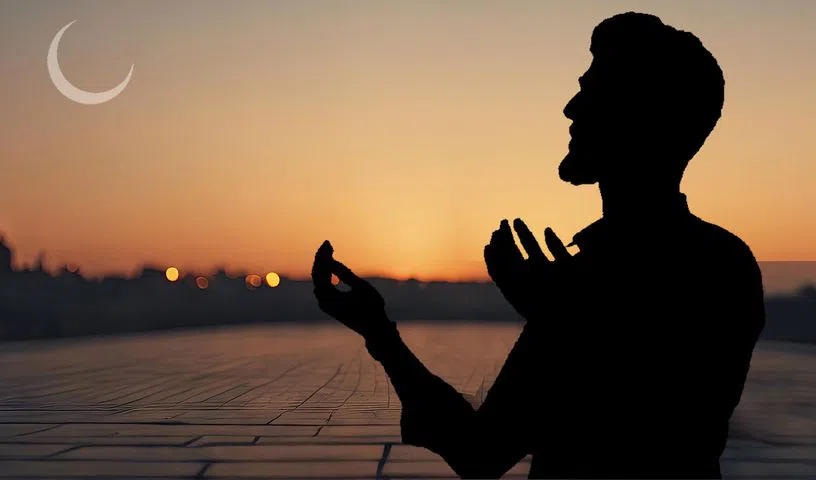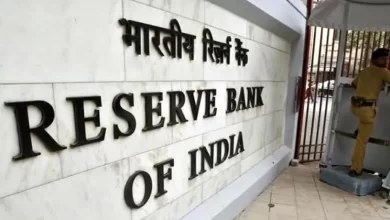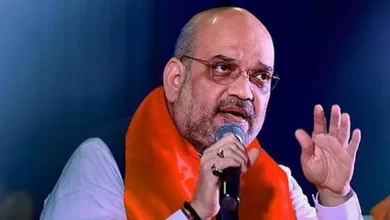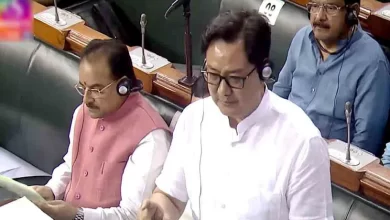
This celestial sighting is more than just an announcement of festivities; it is a moment of collective anticipation, an age-old tradition that brings together faith, hope, and poetry
Hyderabad: As the holy month of Ramzan comes to a close, all eyes eagerly turn to the evening sky, searching for the elusive ‘Eid ka Chand’.
This celestial sighting is more than just an announcement of festivities; it is a moment of collective anticipation, an age-old tradition that brings together faith, hope, and poetry.
The delicate crescent has been a source of inspiration for generations of Urdu poets, who have woven its beauty into their verses, turning it into a symbol of love, longing, and divine blessings.
There is something magical about the way the Eid moon plays hide and seek with the devotees. The suspense, the anxious scanning of the sky, and the joyous outbursts upon sighting it make for a spectacle that is both spiritual and poetic.
It is this very mystery and charm that lends itself so well to Urdu poetry. For centuries, poets have likened their beloved to the moon – both elusive and radiant, both distant yet the center of their universe.
For the love-struck poet, the arrival of the Eid moon is not just a celestial event but an emotional upheaval. The crescent in the sky reminds him of the luminous beauty of his beloved. The lines of poetry flow effortlessly, painting a picture of yearning and admiration:
Aap ko Eid ki khushyian ho Mubarak laikin
Aap ne chand nahin, aayina dekah hoga
(You must be celebrating Eid with joy,
But you haven’t seen the moon, only your reflection in the mirror.)
The charm of Eid ka Chand lies in its ability to stir emotions. Just as the moon arrives in phases, so does love – at times visible and radiant, at times hidden behind the clouds of separation. The poets, intoxicated with the idea of gazing at their beloved, use the moon-sighting as an excuse to steal a glimpse:
Jis taraf tu hai idhar hongi sabhi ki nazrein
Eid ke chand ka deedar bahana hi sahi
(Wherever you are, all eyes will be there
Sighting the Eid moon is just a pretext)
There is an undeniable romance in the way the moon is awaited. It is almost as if, by appearing in the sky, it validates the feelings of the poet who sees his own love reflected in its glow. The poet Jaleel Nizami takes this imagery further, playfully suggesting that his beloved’s beauty might outshine the moon to the extent that it could alter the date of Eid. He writes:
Mah-e-Nau dekhne tum chath par na jaana hargiz
Shahr main Eid ki tareeq badal jayegi
(Never step onto the terrace to sight the new moon,
Lest the city’s Eid date changes)
Such is the power of the beloved’s beauty in the poet’s eyes. The Eid moon, despite its fleeting appearance, etches itself into the hearts of poets and lovers alike. It is more than just an astronomical phenomenon – it is a bearer of joy, a symbol of reunion, and a muse that inspires the most passionate of verses.
As the dusk settles and the search for the crescent begins, may the moon bring not just the declaration of Eid but also a renewed sense of wonder. Whether seen through the lens of faith or love, Eid ka Chand will always remain a timeless muse, illuminating the hearts of those who look up in hope and longing.







